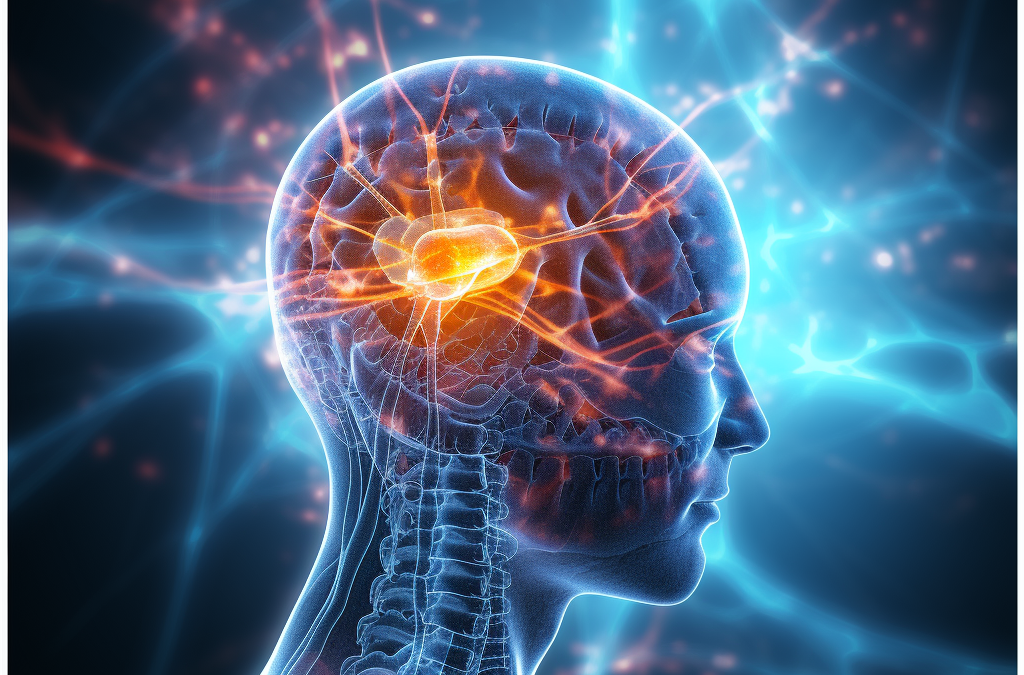Introduction
Parkinson’s disease is a neurodegenerative disorder affecting millions globally. Known for symptoms like bradykinesia, tremors, and rigidity, it has been the subject of extensive research. While medications and surgeries are traditional treatments, the quest for less invasive options continues. Transcranial bipolar pulsed electromagnetic fields (T-PEMF) offer a promising alternative.
The Breakthrough Study
A groundbreaking study published in the National Center for Biotechnology Information has illuminated the potential of T-PEMF in long-term Parkinson’s treatment. The regimen involved daily 30-minute sessions over three eight-week periods, with one-week breaks. The study aimed to improve motor performance and movement speed while examining the treatment’s impact on neurotrophic and angiogenic factors.
Key Findings
Improved Motor Performance
The study reported a significant boost in movement speed compared to the disease’s natural course. Task completion time dropped from 10.10 seconds to 8.23 seconds, offering new hope for Parkinson’s patients.
Elevated Erythropoietin Levels
Another key discovery was the rise in erythropoietin levels in the cerebrospinal fluid. Erythropoietin, a hormone vital for red blood cell formation, also has neuroprotective properties.
The Hypothesis
The study suggests that the treatment might enhance functional performance by elevating brain dopamine levels. This could be attributed to erythropoietin-induced neural repair or dopaminergic neuron protection, although more research is needed for confirmation.
Who Can Benefit?
The treatment targets patients diagnosed with idiopathic Parkinson’s disease. However, consulting a healthcare provider before initiating any new treatment is essential.
Conclusion
The study opens new doors in Parkinson’s treatment. While not a replacement for traditional methods, T-PEMF offers a complementary approach that could notably enhance Parkinson’s patients’ quality of life.
Tags
Parkinson’s Disease, Transcranial Bipolar Pulsed Electromagnetic Fields, Motor Performance, Movement Speed, Erythropoietin, Dopamine, Neurodegenerative Disorders, Complementary Treatments, Quality of Life

